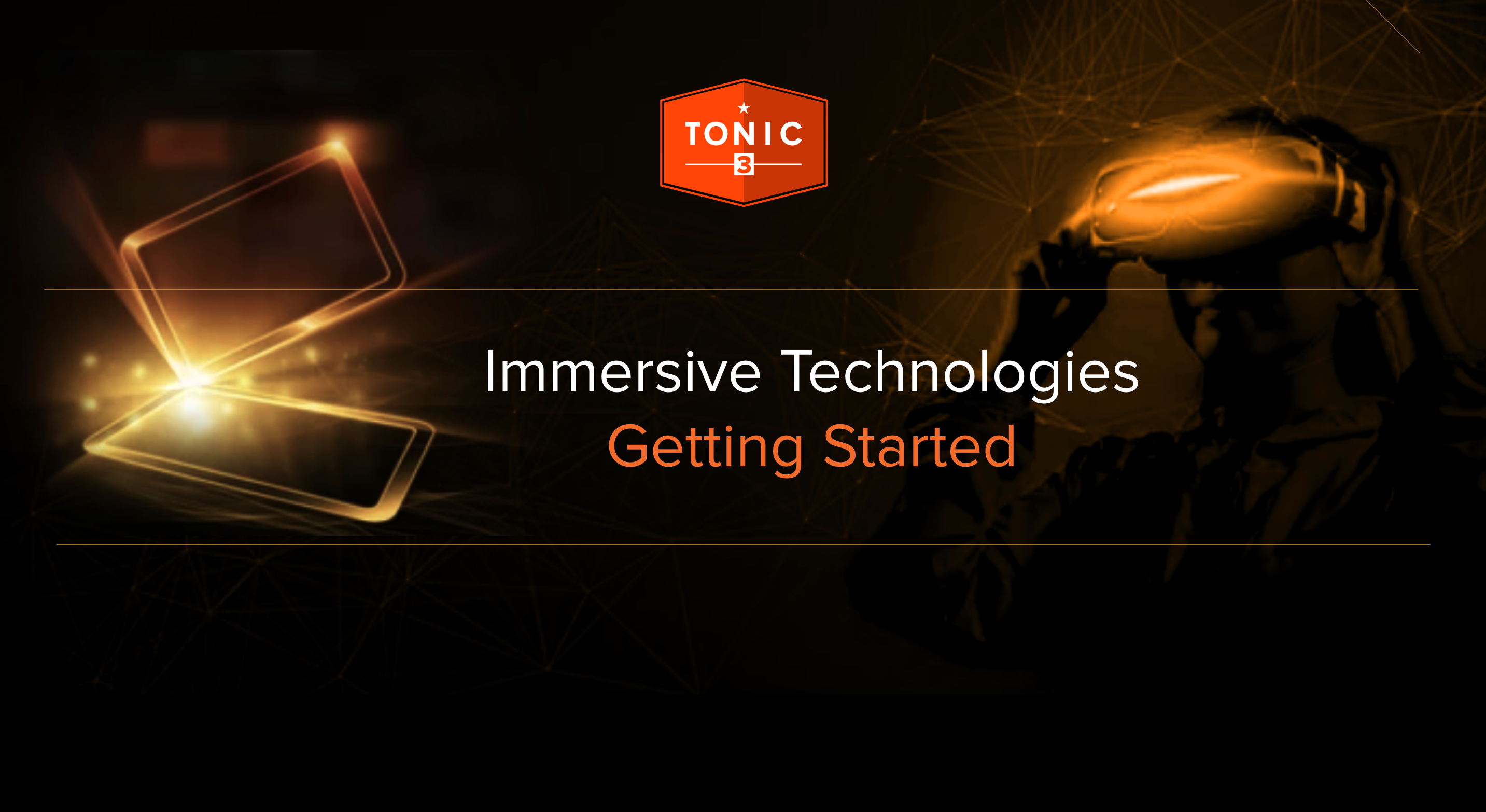The Future is Now: The Importance of UX and CX in Immersive Technology Development
As an enthusiastic professional in the field of immersive technologies, I have had the opportunity to work on a variety of exciting projects,...
4 min read
Marion Decobert
:
Feb 28, 2023 3:42:34 PM

In this article, we’ll explain what VR testing (or virtual reality testing) is and the three most common reasons for doing it, namely to gauge users' opinions, find opportunities for improving user experience, and detect bugs and pain points.
What is VR testing? VR testing is the process of evaluating the applications and usability of virtual reality experiences and platforms. With the forward momentum of technology, VR is becoming more popular, and VR testing is a vital part of keeping up with the market and improving user experience to make the most of this innovation. Every day, technology and media firms develop new immersive VR experiences, which all come with different requirements and expectations of quality, efficiency, and effectiveness. Not only does this variation make each project unique, but it forces the industry to constantly evolve.
Developing these experiences is only the first step, they must also be put through tests to see whether they’re viable and what facets can be improved. No matter how much work a team puts into building a platform or experience, there can be many issues that arise when it’s put into the hands of users. Testing the usability of a product within a smaller group before launch allows the team to work out these kinks before going public, which is where VR testing comes into play.
When VR testing, usability is one of the qualities teams look at most. Usability is an attribute that indicates the ease of use of a certain application. In other words, how straightforward is it to learn how to use and navigate the experience or platform? Simply put, if users find an experience too difficult to handle, they won’t be motivated to use it.
The best way to test something’s functionality is by using it. Therefore, usability tests consist of short sessions in which potential users interact with the application in a specific environment while an expert team observes, records, and measures the interaction, looking for pain points. In VR, this is achieved with session-based exploratory testing. For example, users will be asked to explore the application to find and achieve what’s asked of them in a fixed time period.
It’s important that usability tests be performed at the right time during development, that is, when the prototypes and the application are ready. It’s also highly recommended that the team perform a heuristic test before the users are given the devices for testing so developers can evaluate what they’re looking for specifically and what types of tests should be performed to provide answers to those questions.
By performing usability tests at this point in the process, rather than later on, many issues can be detected and fixed in the earlier stages. That way, the application that’s handed to users for VR testing is the best possible version the team could create. Usability tests will also be more efficient by focusing only on issues that the quality assurance team wouldn’t or couldn’t account for instead of minor issues that the team is already aware of.
There are three main reasons why doing VR testing can be incredibly helpful:
While the suggestions and bugs reported by the quality assurance team are important, it’s essential to know how actual users will respond to and feel about a VR application. If a group of users point out a particular pain point or seem to all have trouble with the same functionality (in terms of accessibility and usability) during VR testing, the developers will know that there’s a problem and be able to combat it.
Gathering the opinions of potential users early on, before the product is released, comes with many benefits, such as saving the company time and money and curbing dissatisfied reviews and unpleasant user experiences. Anything reported during the VR testing phase is crucial feedback the team can use to make improvements so they can provide a better product for the public at launch.
Although a team may be highly engaged with a product, they simply aren’t the target audience. Understanding potential users and their experiences through usability testing is often the only way to truly gain insights into how real users will react to and interact with the product. Developers and testers can then compare these interactions and user experiences to their expectations. If they don’t align, the team can fix the product before release for better results.
In VR applications, it’s especially important to monitor the physical experience and navigation of a product during VR testing due to the physical effects virtual reality can cause. If a user is new to VR applications, their body will likely react to the new experience, which may cause symptoms such as dizziness or vertigo. However, if an experienced tester uses the same application, they may not have these symptoms, as they’ve become accustomed to VR environments. It’s useful to ascertain which physical issues the application may cause for users at all levels to ensure they’re not too severe. During VR testing, teams can find areas where design improvements can be made to alleviate this physical distress and create a better overall user experience.
Potential users aren’t familiar with the design of a VR application in the same way the team that designed it is. These fresh pairs of eyes can detect things during VR testing that the developers overlooked, like unexpected bugs. Then, these issues can be addressed by the development, product management, marketing, and sales teams.
VR is a disruptive technology that has impacted—and will continue to impact—many aspects of not only the business world but our personal lives. In this swiftly evolving industry, it’s more important than ever to test products to ensure the best user experience for all. Before launching a VR product, it’s crucial to use VR testing to evaluate the performance of the software and users' interactions (whether they be good or bad) so improvements can be made and a better final product can be produced, saving time and money in the long run.

As an enthusiastic professional in the field of immersive technologies, I have had the opportunity to work on a variety of exciting projects,...

Testing the user experience often scares business owners and marketers alike. It seems like a daunting task, especially when you have a lot of...

In retail, success is not just about selling products; it's about creating an engaging experience that captures hearts and produces real results.